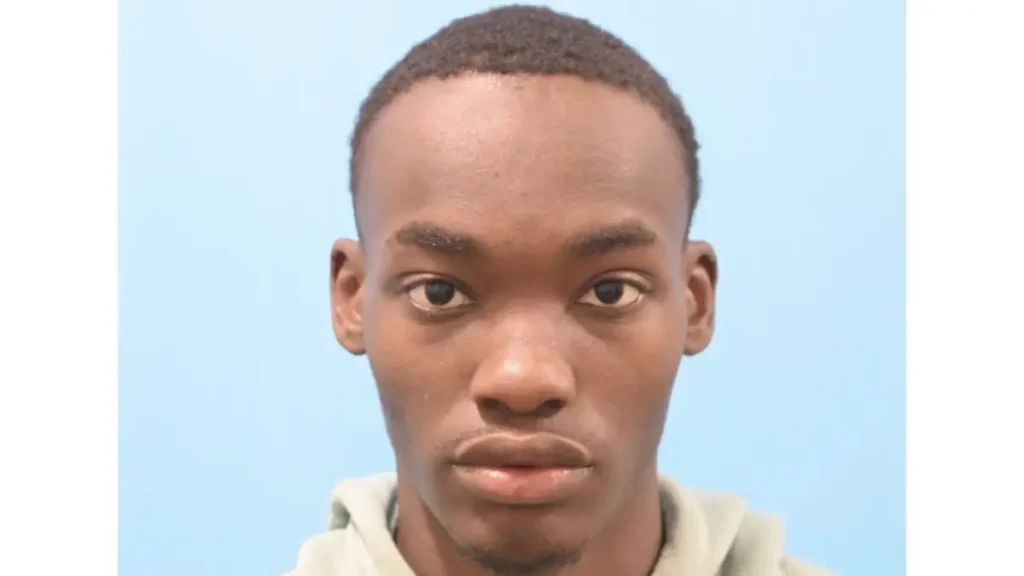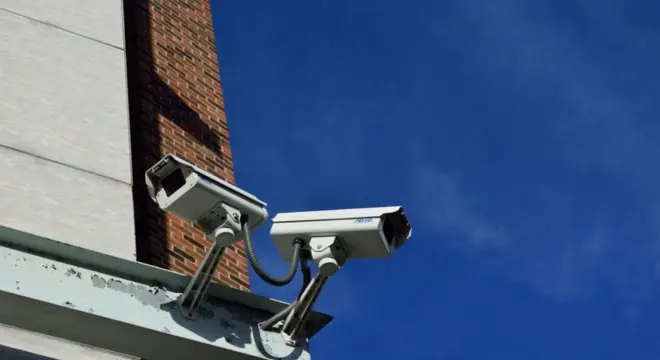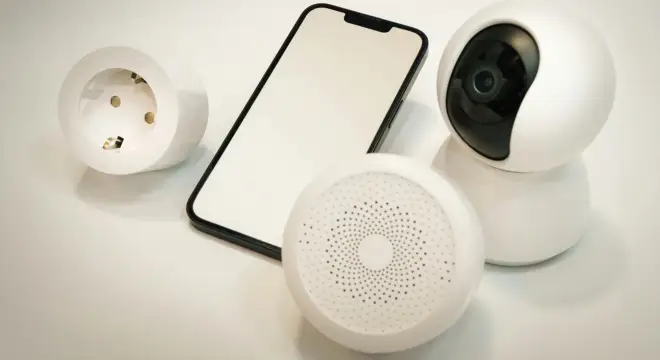Opelika Home Invasion Suspect Arrested, Third Taken Into Custody
When I first read about the Opelika home invasion, I couldn’t help but think about how quickly your sense of safety can be shaken. It was late August, and a quiet neighborhood on Pepperell Parkway suddenly became the scene of a terrifying armed robbery. According to police reports, two masked individuals broke into a home, armed with firearms, and demanded money and cellphones from the residents.
What struck me most while following this case was how methodical the suspects seemed—they came in with a clear plan, but the victims’ courage and quick thinking meant no one was physically harmed. The first arrest came just two days later, on August 28, when police apprehended 21-year-old Darrion Tyshawn Hearns.
The second, Tamira Shamia Simmons, identified as an indirect participant, was arrested on September 2. Finally, on September 26, 19-year-old Terrel Marquese Goods, the second armed suspect, was taken into custody.
For anyone reading this, the key takeaway is that law enforcement acted quickly and methodically. But it also reminds us that these incidents can happen anywhere, and the window for reporting tips or noticing suspicious behavior is often small.
Understanding the timeline gives you not just the facts, but also a sense of how coordinated responses can make a real difference in keeping a community safe.
Meet the Suspects

When I looked deeper into this case, I realized that understanding who was involved helps you grasp both the severity and the method behind the crime. The Opelika Police Department confirmed that the most recent arrest was 19-year-old Terrel Marquese Goods from Smiths Station.
He’s charged with two counts of first-degree robbery and one count of first-degree burglary. WSFA reported that Goods was identified as the second armed suspect in the home invasion,
Before Goods was apprehended, Darrion Tyshawn Hearns, 21, had already been arrested on August 28. He’s charged with first-degree robbery and burglary as one of the two masked intruders. Then there’s Tamira Shamia Simmons, 23, who police say was an indirect participant. She was arrested on September 2 and faces the same charges as Hearns.
Reading this, you start to see how each suspect’s role was carefully determined. Goods and Hearns were directly involved in the armed confrontation, while Simmons had a supporting role—but the law treats both very seriously. It’s a reminder that in these situations, even indirect participation carries consequences.
Cases like this aren’t isolated—similar armed home invasions have been reported in other states, including a recent incident in Washington County, Texas.
The Legal Angle – Understanding the Charges
I’ve noticed that a lot of news coverage skips explaining what “first-degree robbery” or “first-degree burglary” actually means. ABC3340’s report clarifies that Alabama law treats these as serious felonies with severe penalties.
First-degree robbery in Alabama involves forcibly taking property while armed or causing serious injury—or threatening it. First-degree burglary, meanwhile, happens when someone unlawfully enters a home with the intent to commit a felony.
Put together, these charges can carry decades in prison, depending on prior records and circumstances.
One point I found interesting—and often missing in other articles—is how the law treats “indirect participants.” Even if Simmons didn’t confront the victims directly, her involvement in planning or facilitating the crime makes her legally accountable.
For readers, this isn’t just legal jargon—it shows how thorough investigations protect victims and hold everyone involved responsible.
Tracking suspect involvement carefully is critical, as we saw in a Sonoma Valley home invasion case where multiple arrests were made.
Community Impact and Public Sentiment

It hit me personally when I read about the reactions in Opelika. For a small, quiet neighborhood, a home invasion like this sends ripples of fear. People started questioning their own safety.
The community’s response, though, was inspiring. Friends, families, and local groups rallied to support the victims and called for vigilance. Law enforcement made it clear that they were listening and actively pursuing the unknown suspect, showing that a coordinated community-police approach can make a real difference.
If you live in a similar area, this is a moment to think: how well do you know your neighbors? Could you spot unusual activity and act quickly? These incidents aren’t just news—they’re reminders to be aware and proactive without panicking.
Many local residents are staying updated on ongoing safety alerts via community channels. You can join real-time discussions and get updates through WhatsApp groups that share neighborhood safety tips and alerts.
How You Can Help and Stay Safe
One thing I always emphasize is practical action. If you have any information about the Opelika home invasion—or even just notice suspicious behavior—contact the authorities immediately.
You can call the Opelika Police Department Detective Division at (334) 705-5220 or the Secret Witness Hotline at (334) 745-8665. Tips can also be submitted through the Opelika Police Mobile App, and you can remain completely anonymous.
Beyond reporting, simple measures can improve home safety. Good locks, visible lighting, and a habit of checking doors and windows make a big difference. Even small preventive actions send a signal to potential criminals that a home isn’t an easy target.
Swift law enforcement action can make a real difference, as highlighted in a Danville home invasion case where the suspect received a 10-year sentence.
Key Takeaways – Lessons From This Case
Looking at the Opelika case, a few things stand out to me:
- Swift police action matters. The arrests, made over several weeks, show the impact of methodical investigation.
- Community vigilance saves lives. Being aware of your surroundings and reporting suspicious activity can prevent escalation.
- The law covers everyone involved. Even indirect participants face serious consequences—so involvement in planning or aiding is no minor detail.
- Safety is personal and practical. You don’t need to be a hero; proactive habits are what protect you and your loved ones.
If you’ve read this far, I want to ask you: Have you taken a moment to evaluate your own home safety recently? Sometimes the first step toward protection is awareness.
Final Thoughts
Following the Opelika home invasion case closely, I can’t stress enough how quickly ordinary life can be disrupted. But what also stands out is the power of community, vigilance, and swift law enforcement action.
For you, the takeaway is simple: stay aware, support your neighbors, and take practical steps to protect your home—because safety is built on both preparation and presence of mind.
For more tips and real-life home security stories, check out our Home Security section.
Disclaimer: This article is based on publicly available reports and official statements from the Opelika Police Department. It is intended for informational purposes only and does not constitute legal advice. Readers should contact local authorities for guidance or to report any relevant information.


